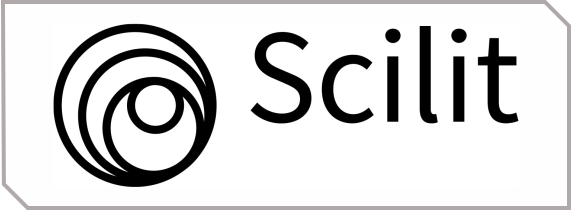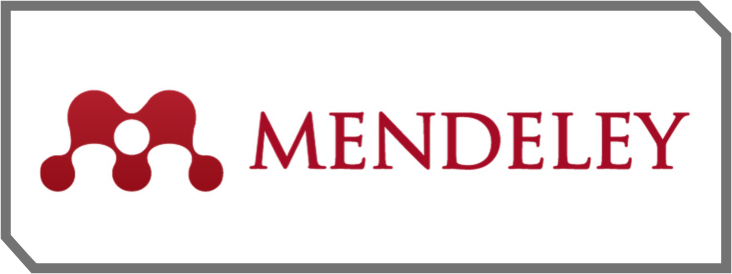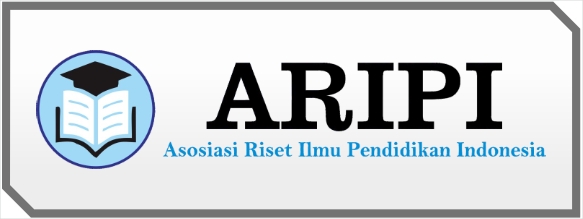Sistem Pendidikan Negara Federasi Rusia
DOI:
https://doi.org/10.53958/ft.v4i4.396Keywords:
Comparison of Russian and Indonesian education systemsAbstract
Comparison of the education systems in Russia and Indonesia by describing the history of Russia's development as a world superpower and detailing the evolution of the Russian education system from the imperial era to the modern era. This article outlines several key points in the history of Russian education, including the role of education during the empire, the impact of the October Revolution of 1917, the Soviet Union period, and modern educational reform under the leadership of Vladimir Putin.The discussion covers various aspects, such as curriculum changes, improving the quality of education, modernizing infrastructure, and the role of religion in the education system. The writings also highlight political changes and nationalist policies affecting education in Russia, as well as the emphasis on traditional values and patriotism. In addition, this journal explores the levels of education in Russia, from pre-school education to college level and the highest level of education or professor level. Emphasis is placed on government policies to improve the quality of education, teacher training, and investment in research and development in higher education.This article also covers aspects of religious freedom and a semi-authoritarian political system that may influence the educational environment in Russia. Ultimately, this journal presents the principles of state policy in Russian education law, highlighting the importance of education characterized by humanity, cultural unity, and access to education for all people.By detailing the history, development, and policies of Russian education, this paper provides in-depth insight into the role of education in shaping modern Russian society. Exploring key questions, such as the influence of history on current education systems, educational reform, adaptation to global demands, and the role of education in geopolitical contexts, contributes to a global understanding of the dynamics of education in various countries.
References
Khasanah, U., Kristiawan, M., & Tobari. (2019). The Implementation of Principals’ Academic Supervision In Improving Teachers’ Professionalism in the State Primary Schools. International Journal of Scientific & Technology Research, 8(8).
http/www.wikipedia.org
http://en.wikipedia.org/wiki/education_in_Rusia
https://www.statista.com/outlook/co/socioeconomic-indicators/social-progress/russia
Kristiawan, M., & Elnanda, D. (2017). The Implementation of Authentic Assessment in Cultural History of Islamic Subject. Al-Ta lim Journal, 24(3), 266-276
Kristiawan, M., Jumeldi, A., Ahmad, S., & Asvio, N. (2016). The Implementation Of Affective Assessment For Islamic Education In High School 1 Pariangan. Research Journal of Social Sciences, 9(4), 1-8
Mulyasa, Manajemen dan kepemimpinan kepala sekolah, (2011). Jakarta: Bumi Aksara
Rahadian, A.H, Dr. Ir. M.Si. (2012). Materi Kuliah Kebijakan Publik (Modul Kuliah) Program Pascasarjana Magister Ilmu Administrasi STIAMI, Jakarta.
Sasongko, Rambat Nur dan Bambang Sahono. (2016). Inovasi Manajemen Sekolah, Jakarta : Shanny Publishing.
Sasongko, Rambat Nur dan Bambang Sahono. (2016). Inovasi Manajemen Sekolah, Jakarta : Shanny Publishing
Sumantri, Mulyani. Dan Kuntadi, Iwa. (2011). Perbandingan Kurikulum Sekolah Dasar Antar Negara. Manuscript untuk diterbitkan oleh Puskubruk, Jakarta.
Syafaruddin, dkk, 2017, Inovasi Pendidikan: suatu analisis terhadap kebijakan baru pendidkan , Medan: Perdana Publishing.
Syah, Nur Agus. 2001. Perbandingan Sistem Pendidikan , Bandung: Lubuk Agung.














